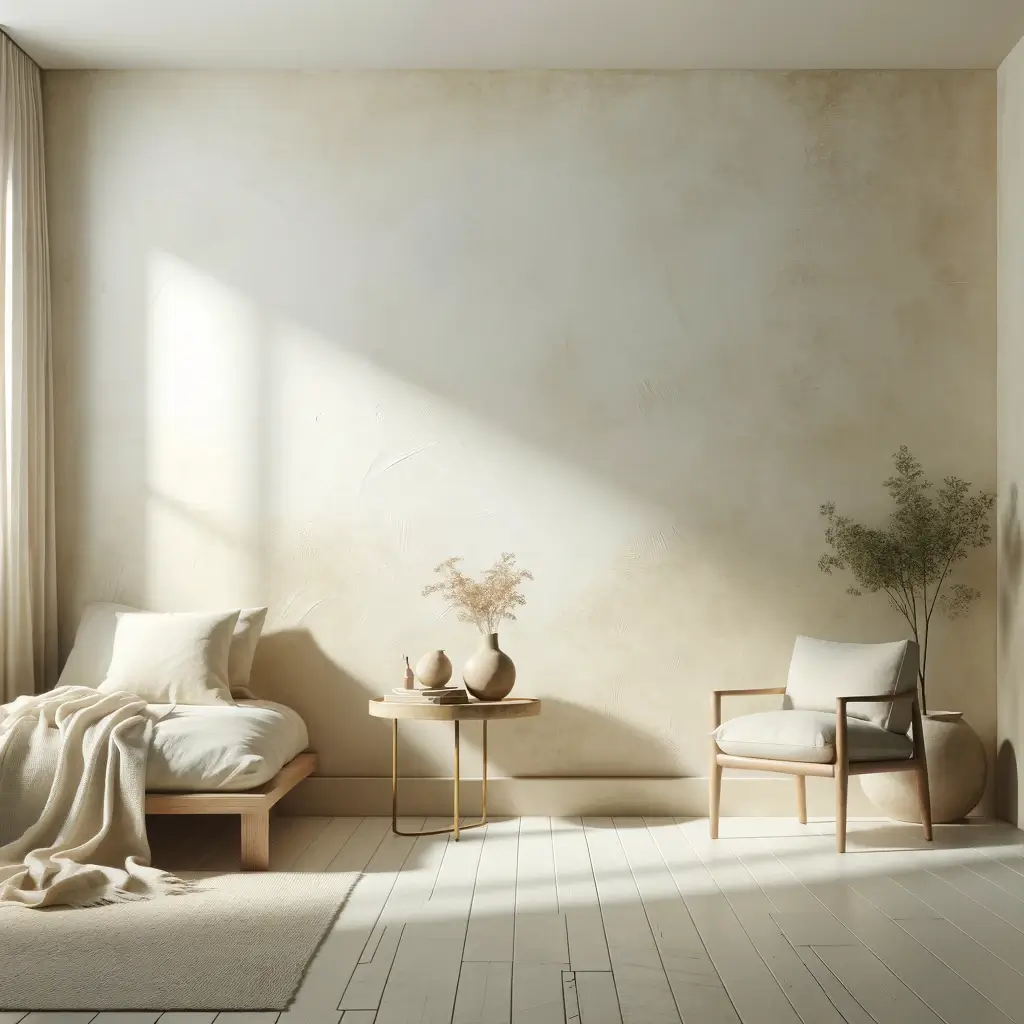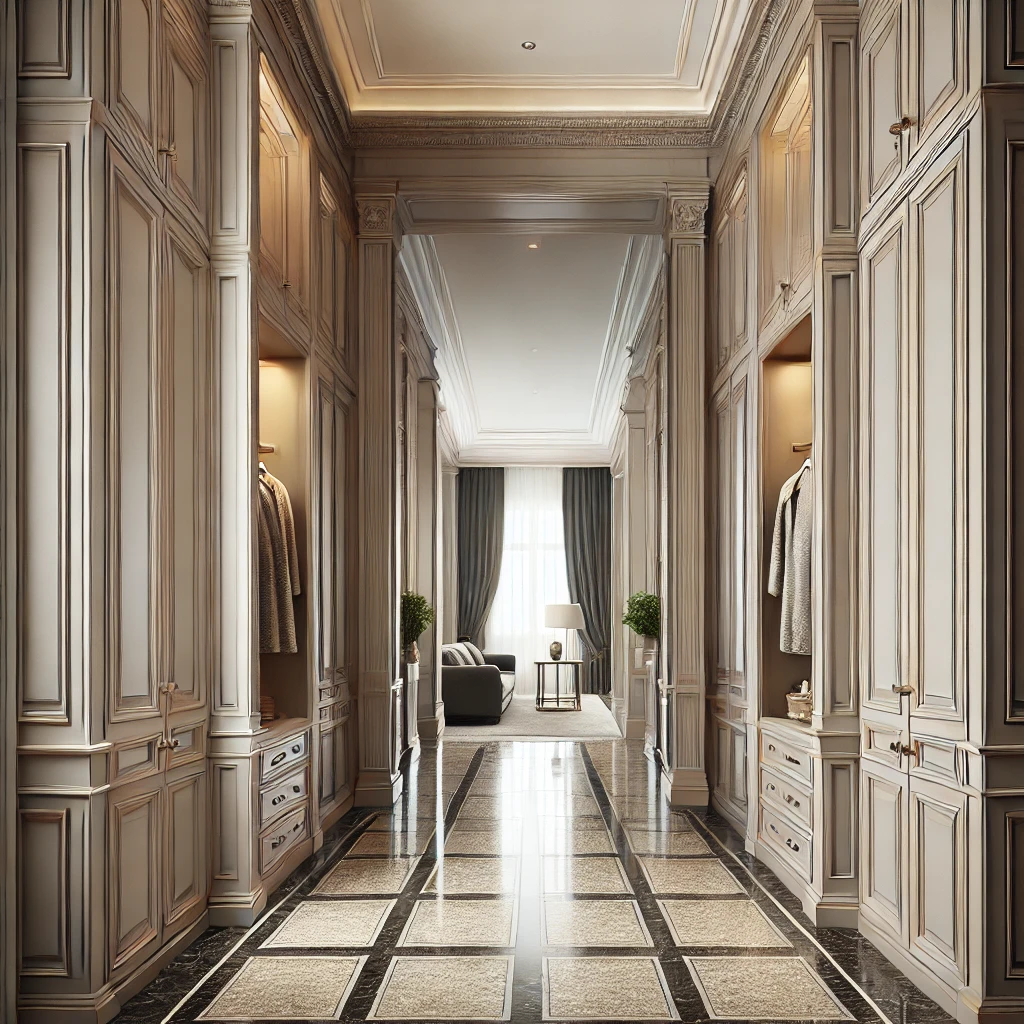Comparison of Lime Paint and Traditional Latex Paint

Choosing the right paint for interiors or facades can significantly impact the health of residents, room aesthetics, and the environment. In this article, we will compare lime paints with traditional latex paints, focusing on the ecological, health, and aesthetic benefits of lime paints.

Ecological Benefits
Lime paints, such as ZUBRA LIMEWASH, are made from natural raw materials, making them environmentally friendly. They are fully biodegradable, contain low volatile organic compounds (VOCs), and do not emit harmful chemicals into the air.
In contrast, traditional latex paints contain synthetic ingredients and may emit VOCs, contributing to indoor air pollution and potentially negatively impacting users’ health. The production process of latex paints is also more energy-intensive and has a larger carbon footprint compared to lime paints.
Health Benefits
Lime paints have natural antiseptic properties that help reduce bacteria and mold. This is especially important in high-humidity areas such as bathrooms or basements. As a result, lime paints can contribute to better air quality and the health of residents.
Latex paints, while easy to apply and maintain, may contain irritants for people with allergies or chemical sensitivities. They can also promote mold growth in humid conditions. Choosing lime paints can minimize the risk of allergies and other health issues related to the emission of toxic substances.
Aesthetics and Functionality
Lime paints, with their unique texture and matte finish, give rooms and facades a distinctive character. They are available in a wide range of colors, allowing for customization to various architectural styles—from classic to modern.
Lime paints are also known for their ability to create deep, subtle shades that change depending on the angle of light. This gives interiors painted with lime paints a unique, dynamic look.
Traditional latex paints offer a wide palette of colors and finishes, from matte to glossy. However, their finish may be less unique compared to lime paints, which create a more natural and organic appearance.

Water Vapor Permeability (SD Value)
One of the significant advantages of lime paints is their high water vapor permeability, contributing to maintaining a healthy indoor microclimate. ZUBRA LIMEWASH paints have an exceptionally low moisture diffusion resistance coefficient (SD), ranging from 0.011 to 0.013. This means that water vapor can easily pass through the paint layer, preventing moisture condensation problems and mold formation.
In comparison, traditional latex paints have a much higher SD coefficient, meaning they are less permeable to water vapor. This can lead to moisture problems, especially in older buildings or high-humidity areas. Latex paints create a more airtight layer, which can result in moisture condensation inside walls, subsequently leading to mold and mildew growth.
Examples of Applications
Lime paints can be used in various types of buildings and rooms. Here are some examples:
- Bathrooms: Lime paints are ideal for bathrooms as their antiseptic properties help reduce mold and bacteria.
- Kitchens: High water vapor permeability helps maintain a healthy microclimate in kitchens.
- Exterior Facades: Lime paints are UV-resistant, meaning colors do not fade over time.
- Living Spaces: Natural shades and matte finish give interiors a warm, cozy character.
Conclusion
In summary, lime paints offer many ecological, health, and aesthetic benefits compared to traditional latex paints. Due to their natural composition, antiseptic properties, and high water vapor permeability, they are an excellent choice for those seeking healthy and eco-friendly solutions for their home.

ZUBRA LIMEWASH lime paints are ideal for those who value natural and ecological products, care about their and their loved ones’ health, and want to enjoy beautiful, durable wall finishes.
Application and Maintenance
Lime paints require proper surface preparation for optimal adhesion and durability. They are typically applied in thin layers with ample drying time between coats. This method allows for a build-up of depth and texture, enhancing the unique visual appeal of the finish. Despite their rustic and aged appearance, lime paints are relatively easy to maintain. Any touch-ups or reapplications blend seamlessly due to the natural, inconsistent texture inherent to lime-based coatings.
On the other hand, latex paints are straightforward to apply, often requiring fewer coats for full coverage. However, their maintenance can be more challenging, especially if the paint chips or peels. Touch-ups with latex paint can sometimes result in noticeable patches if not done carefully. Additionally, latex paints, while durable, can trap moisture, leading to potential issues with mold and mildew over time, particularly in less ventilated areas.

Cost-Effectiveness
Although the initial cost of lime paints can be higher compared to latex paints, their long-term benefits often outweigh the upfront expense. The longevity, reduced need for frequent repaints, and added health benefits contribute to their cost-effectiveness over time. Moreover, the use of lime paints aligns with sustainable practices, potentially qualifying for eco-friendly building incentives and enhancing the overall value of the property.
Latex paints are generally more affordable initially and widely available, making them a popular choice for quick renovations and budget-conscious projects. However, the long-term costs associated with maintenance, potential health impacts, and environmental considerations may make latex paints a less attractive option in the long run.
Conclusion
In conclusion, choosing between lime paints and traditional latex paints involves considering various factors, including environmental impact, health benefits, aesthetic preferences, and long-term costs. Lime paints, with their natural composition, breathability, and unique finish, offer a compelling choice for those prioritizing eco-friendliness and indoor air quality. Meanwhile, latex paints, known for their convenience and broad range of finishes, remain a practical option for many applications.







